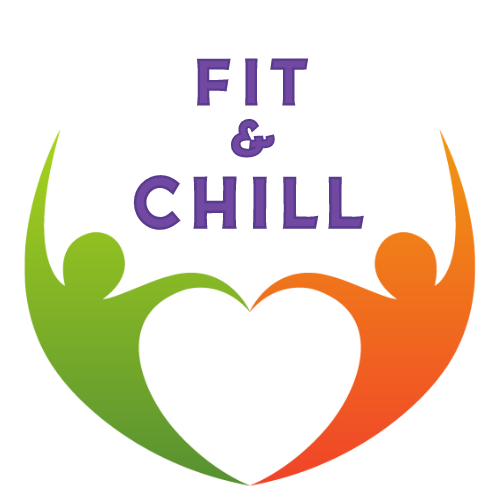Benefits of The Plank Climber
- Core Strength: “Plank Climber” targets the entire core, including the rectus abdominis, obliques, and transverse abdominis, helping to strengthen and stabilize the core muscles.
- Upper Body Engagement: The exercise also engages the shoulders, arms, and chest muscles, providing an effective upper body workout and promoting upper body strength and endurance.
- Lower Body Activation: Bringing the knees towards the chest engages the hip flexors and quadriceps, contributing to lower body strength and stability.
- Cardiovascular Endurance: The dynamic nature of “Plank Climber” elevates the heart rate, providing cardiovascular benefits and improving endurance over time.
- Improved Coordination: Alternating between bringing each knee towards the chest challenges coordination and balance, enhancing overall body awareness and coordination.
Tips for Beginners:
- Start Slowly: Begin with a slower pace and focus on mastering the movement pattern before increasing speed or intensity.
- Maintain Proper Form: Pay attention to maintaining a straight line from head to heels throughout the exercise, avoiding sagging or arching in the lower back.
- Engage Core Muscles: Keep your core muscles engaged throughout the movement to stabilize your torso and protect your spine.
- Controlled Breathing: Breathe rhythmically throughout the exercise, inhaling as you extend your leg back and exhaling as you bring your knee towards your chest.



Leave A Comment